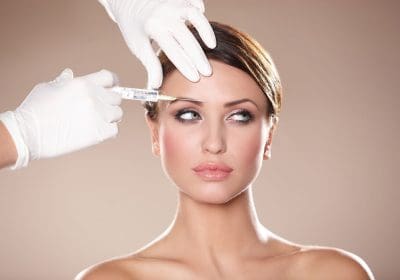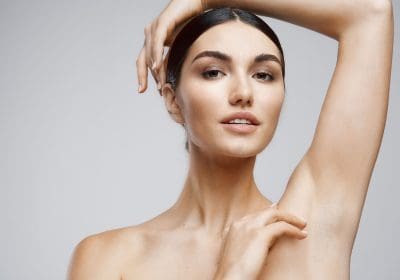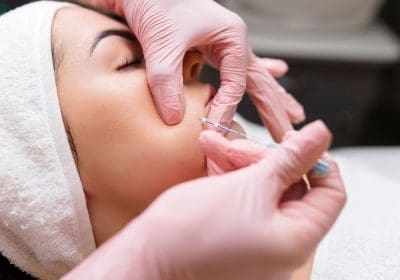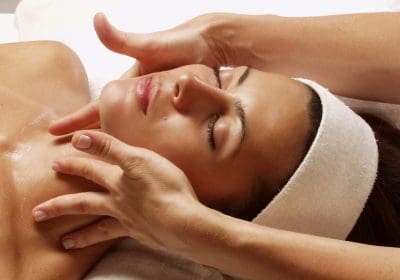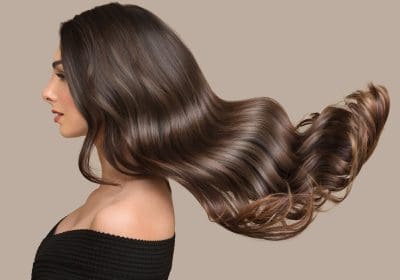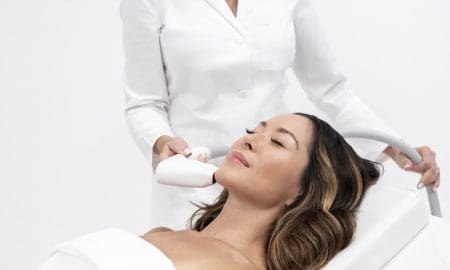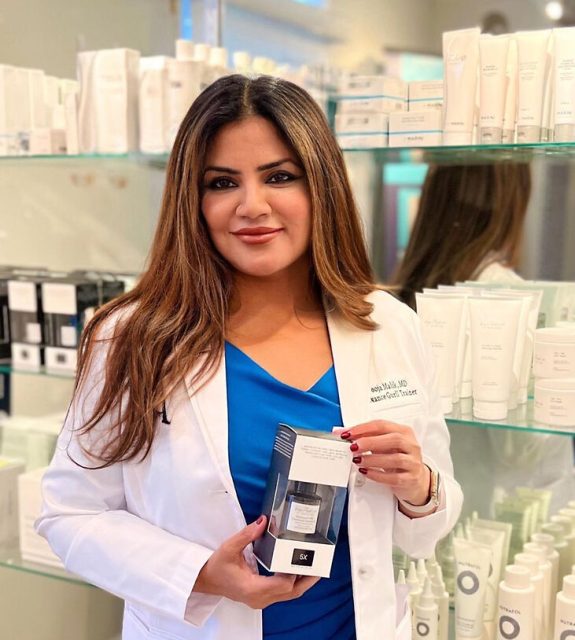Tired of looking tired? If your eyelids have started to droop or feel heavy, you are not alone. As we age, those once-perky eyelids can lose their youthful lift, making us look older or more fatigued than we feel. Upper blepharoplasty is a transformative procedure that lifts and refreshes the upper eyelids, giving you a brighter, more rejuvenated appearance. Whether it's excess skin, puffiness, or simply feeling like your eyelids have seen better days, this surgery might be the solution you've been looking for.
 Photo Credit: LightField Studios/Shutterstock
Photo Credit: LightField Studios/Shutterstock
Why Do Patients Seek Upper Blepharoplasty?
There are several reasons why patients opt for upper eyelid surgery, including:
- Loose or sagging skin that forms folds or disrupts the natural contour of the upper eyelids, sometimes impairing vision.
- Excess fatty deposits, often manifesting as puffiness or bags on the eyelids.
- Difficulty applying makeup properly due to skin folds or excess skin.
- The heaviness that can occur on the upper eyelids, making them appear tired or weighted down.
- A tired or sad appearance that may make the face look older or less vibrant.
How Is Upper Blepharoplasty Performed?
Upper blepharoplasty is typically an outpatient procedure performed in a clinic setting under local anesthesia. Depending on the patient’s needs, light sedation or general anesthesia may also be used. The surgeon makes carefully placed incisions along the natural crease of the eyelid, ensuring that the resulting scars are well-concealed. During the procedure, excess skin is removed, fat deposits are repositioned or excised, and any necessary muscle tightening is performed to achieve the desired look. The sutures used are very fine, and they are removed after one week. Most patients tolerate the procedure well.
Post-Operative Care: What You Need to Know
After the surgery, proper aftercare is essential for a smooth recovery:
- Ice packs should be applied immediately after surgery and continued for up to three days to reduce swelling and bruising.
- Arnica tablets may be recommended to help minimize bruising and swelling.
- It’s crucial to practice diligent sun protection and wear darkly tinted sunglasses during the recovery process to protect the delicate skin around the eyes.
- Avoid heavy exercise or lifting for one to two weeks to ensure proper healing.
When Will I See the Final Results?
As swelling and bruising subside, the final results of the upper blepharoplasty will gradually become visible. The eyelid area will appear smoother, more defined, and rejuvenated, with a brighter, more youthful look. Some residual swelling or bruising may persist for a few days to a couple of weeks, but this can be easily hidden with makeup or sunglasses. While the results are long-lasting, the natural aging process will continue.
Can Upper Blepharoplasty Be Combined with Other Treatments?
Yes, upper blepharoplasty can be combined with a variety of other facial rejuvenation treatments to achieve more comprehensive results. Common combinations include:
- Lower blepharoplasty or eyelid peeling for the lower eyelids.
- Brow lift, facelift, or neck lift for overall facial rejuvenation.
- Fat transfer or grafting to enhance volume and improve facial contours.
- Upper blepharoplasty can also be paired with body contouring procedures or breast surgery. Combining these treatments typically does not extend the recovery period, making it a great option for patients looking to address multiple concerns at once.
Upper blepharoplasty is a safe, effective procedure for those seeking to refresh their appearance and correct common eyelid concerns. With proper aftercare, patients can enjoy lasting results that enhance their overall look and feel.
For more information or to schedule a consultation, contact Dr. Alexandra Condé-Green at ACG Plastic Surgery. Visit the office at 6100 Glades Road, Suite 302, Boca Raton, FL 33434, or call (561) 617-0240.
For more information, visit Dr. Alexandra Condé-Green's social media:

